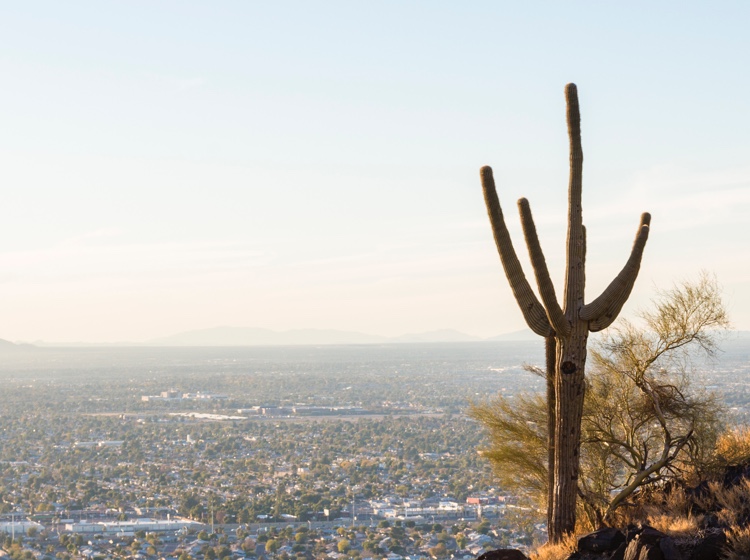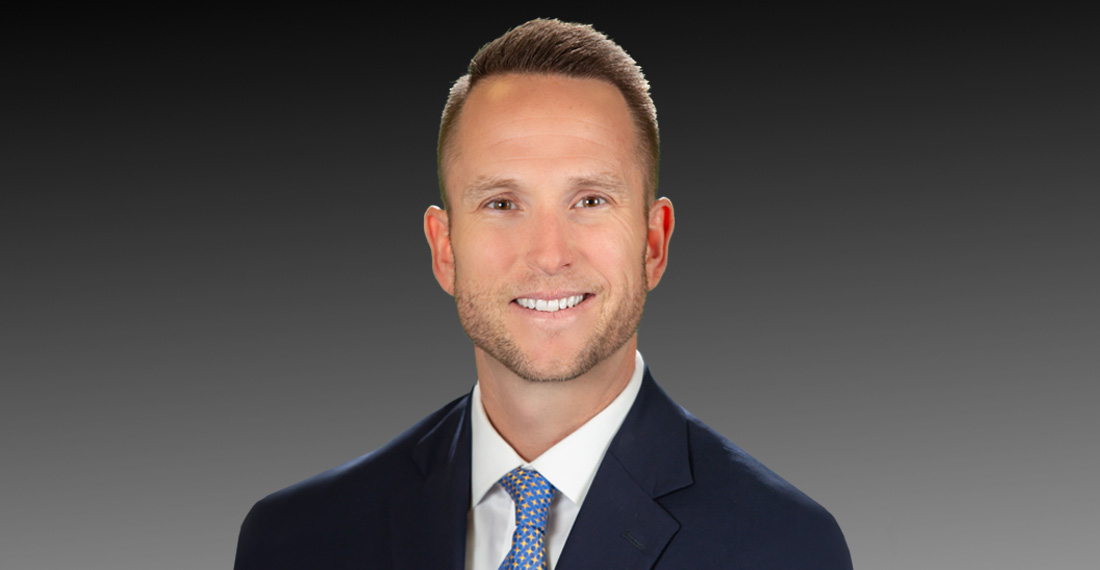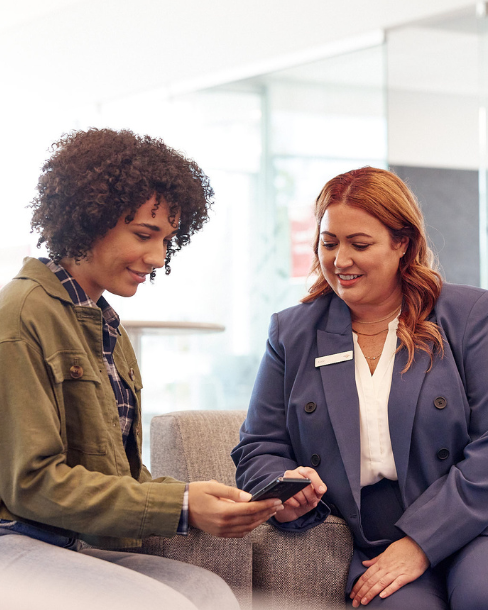Let’s build something together
At Bank of America, we’re committed to creating opportunity for those we serve in Phoenix. That is why we ask: What would you like the power to do? When we listen, we hear Phoenicians define their opportunity and realize our purpose of making financial lives better by providing a wide range of services, based on each client’s unique goals. The expertise of our teammates coupled with industry-leading capabilities is what sets us apart in helping our clients be successful and being a source of strength in Phoenix for those who need us.









